São Paulo, a business and cultural center constantly challenging Rio de Janeiro, offers several world-class museums. Perhaps the most internationally recognized is the Museu de Arte de São Paulo, or MASP, which I noted in my previous post from Avenida Paulista. MASP has a remarkable collection of European masters, including El Greco, Francisco Goya, Peter Paul Rubens, and many others you might know. We had a visit to MASP as a backup plan for a rainy day, as December weather can be unpredictable there. However, visiting a Brazilian art museum to see European masters' works felt somewhat wrong. Another museum caught our attention, conveniently located within walking distance of MASP—at least for non-Brazilians, as locals tend to avoid walks longer than ten minutes—Museu Afro Brasil in Park Ibirapuera.
São Paulo je ekonomické a kulturní centrum světového významu, a tak trochu se přetahuje s Riem o to, kdo bude místním hegemonem. Taky je tu pár uznávaných muzeí. Asi největší renomé má Museu de Arte de São Paulo, zkráceně MASP, kterého jste si mohli všimnout v minulém článku z Avenidy Paulista. V MASPu najdete prestižní sbírku evropských mistrů, třeba El Greca, Goyu nebo Rubense, a pár desítek dalších velkých jmen. Ale vypravit se do brazilského muzea umění, abychom se kochali pohledem na díla umělců, které známe z evropských obrazáren, nám přišlo tak trochu hloupé. MASP jsme měli jako záložní plán, kdyby lilo jako z konve, což by v prosinci nebylo nic neobvyklého. Kousek od Avenidy Paulisty je totiž jiné muzeum, které nás zaujalo. Museu Afro Brasil v parku Ibirapuera.
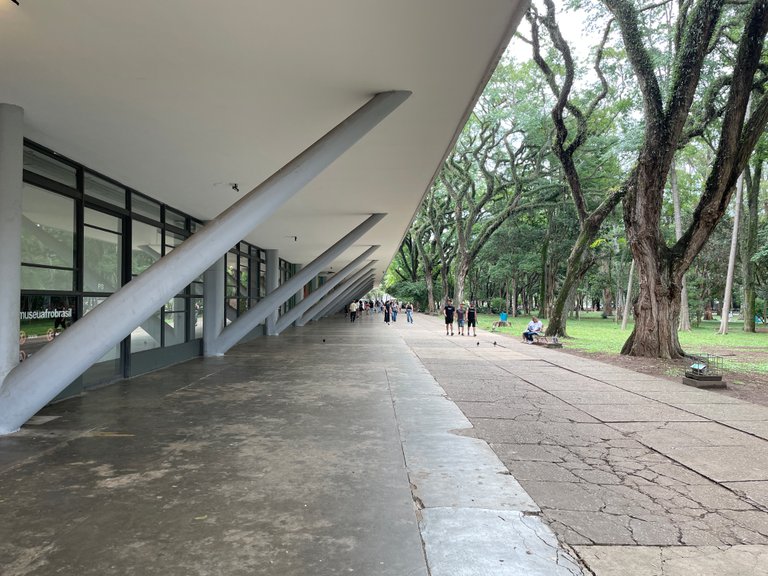
Park Ibirapuera, one of the largest city parks in South America, is located about three kilometers from the southeastern end of Avenida Paulista, where we ended our walk. It is safe to hang around, which sadly isn’t true of some other parks in São Paulo. Brazilians compare Ibirapuera to Central Park in New York, yet we didn’t see enough to judge. Anyway, the park offers dozens of sports pitches, outdoor gyms, playgrounds, an amphitheater, and museums. One of these is the Museu Afro Brasil. By the way, Park Ibirapuera was decorated for Christmas, which still feels strange. Even after spending several Christmases in Spain, seeing palm trees decorated with festive lights is weird.
Park Ibirapera patří k největším jihoamerickým městským parkům. Je asi tři kilometry od jihovýchodního konce Avenidy Paulista, kde jsme skončili naši procházku nedělní pěší zónou, a je v něm prý relativně bezpečno, což se bohužel nedá říct o všech parcích v Sampě. Brazilci ho přirovnávají k newyorkskému Central Parku, ale my z něj tolik neviděli, tak si netroufám hodnotit. V Ibirapueře je každopádně nespočet sportovišť, venkovních posiloven, dětských hřišť, a kromě toho ještě amfiteátr a několik muzeí včetně Museu Afro Brasil. Park byl mimochodem vánočně nazdoben, což mi i po několika Vánocích ve Španělsku, kde taky potkáte palmy ozdobené jako vánoční stromečky, přijde úsměvné.
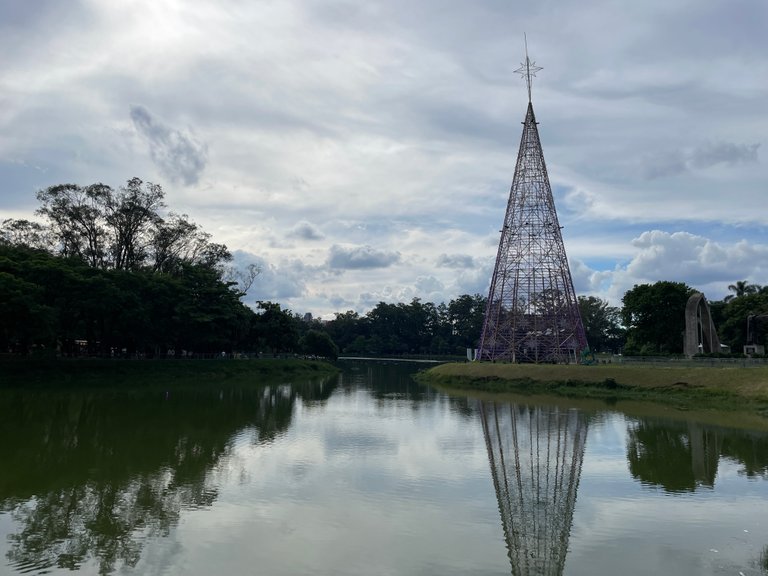
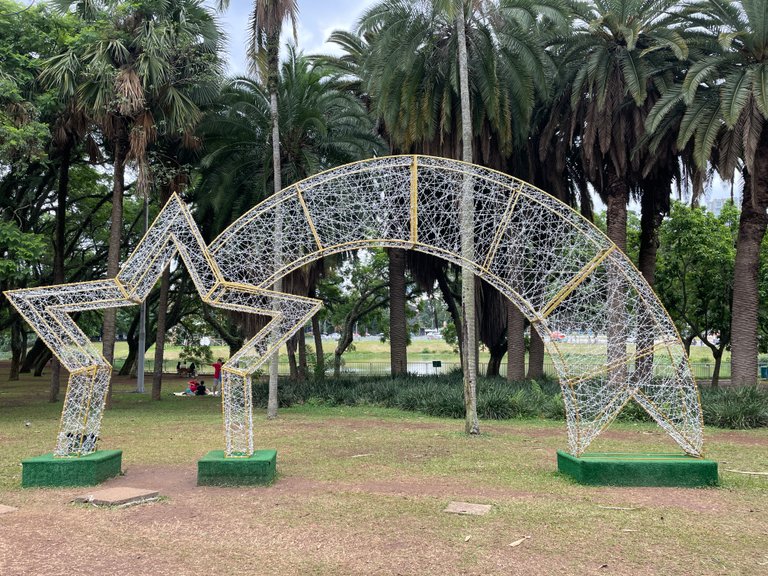
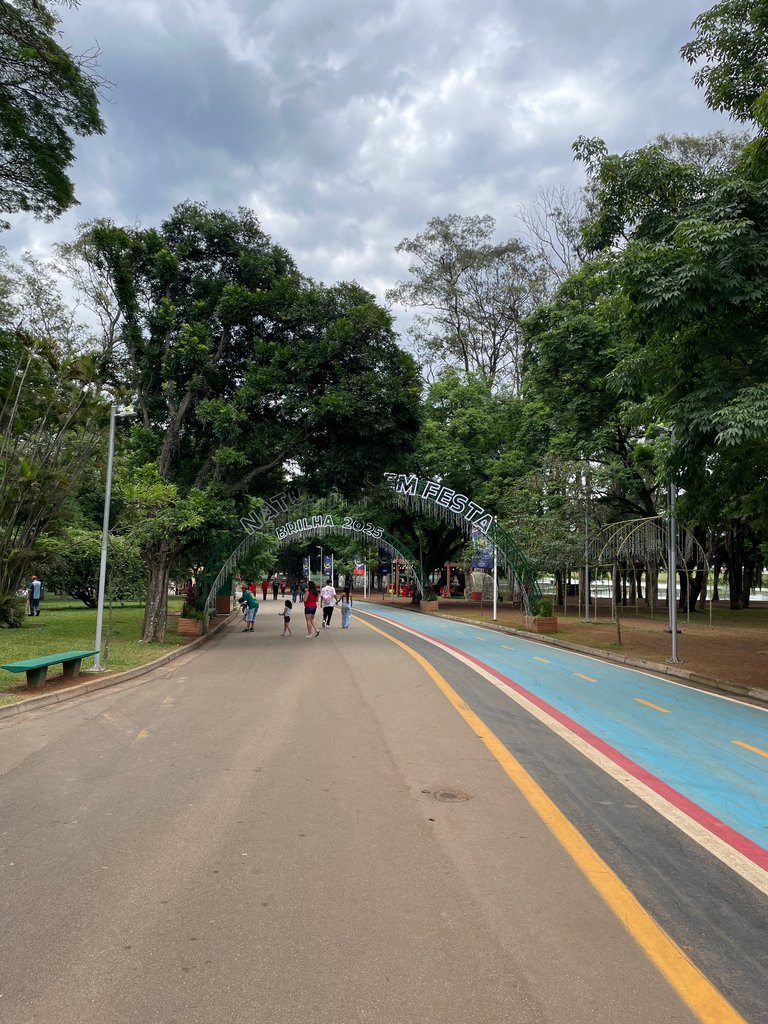
The Museu Afro Brasil is a relatively new institution, established just 20 years ago. It focuses on reflecting the cultural contributions of Black Brazilians to the local folklore, combining art, ethnographical, and historical exhibitions. For context, Brazil has always been a vast melting pot of ethnicities. In addition to Indigenous tribes and European colonizers, it experienced several waves of European immigration, primarily from Italy and Germany. Over 4 million slaves were brought to Brazil from West Africa until slavery was abolished in 1888 (yes, that late). Besides, Brazil has the largest Japanese community outside Japan, with approximately 1.5 million people of Japanese descent. I will take you to the Japanese district of São Paulo in my next post. The neighborhood is dubbed the biggest Japanese city outside Japan, and we indeed felt like in Japan there. Even Czech immigrants came in a few minor waves, and Juscelino Kubitschek, the founder of Brazil’s current capital, Brasília, was of Czech descent. I will take you to Brasília and Kubitschek’s memorial in future posts.
Brazílie je jedna velká směsice kultur. Kromě domorodých kmenů a kolonizátorů zažila několik imigračních vln. Z Evropy to byli hlavně Němci a Italové, ale třeba také Češi. Asi tušíte, odkud přišli předkové prezidenta Juscelino Kubitscheka, který založil stávající hlavní město Brasílii. Tam vás ještě vezmu, stejně jako k memoriálu páně Kubitscheka. Krom toho byly do Brazílie dopraveny více než čtyři miliony otroků ze západní Afriky, než tu bylo otroctví v roce 1888 zakázáno. Nic z toho vás asi nepřekvapilo, ale fakt, že v Brazílii žije asi milion a půl lidí japonského původu možná ano. O japonské čtvrti v São Paulu se říká, že je to největší japonské město mimo Japonsko, a není to tak úplně daleko od pravdy. I tam vás v jednom z příštích postů vezmu. Museu Afro Brasil se každopádně věnuje africkým kořenům brazilské kultury, výstavy v něm kombinují umělecká díla s etnografickými a historickými exponáty.
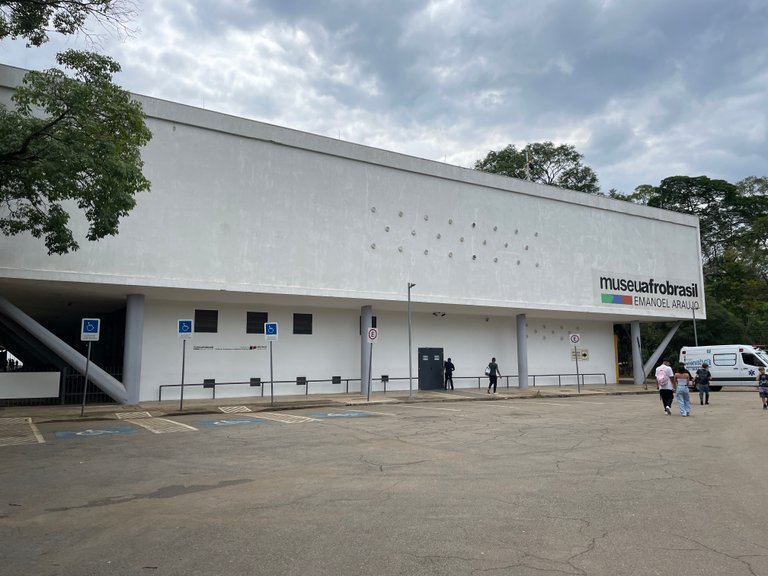
Modern Brazil has around half the population identifying as Pardo—a broad category of any imaginable mix of European, African, and Indigenous ancestry. Reflecting on Brazil’s non-European roots then feels quite natural. The exhibition we visited, “Uma História do Poder na África” (“A History of Power in Africa”), showcased contemporary Brazilian and historical African artworks and artifacts reflecting the topic and the relation to the colonizers in both regions. Unfortunately, the museum isn’t foreigner-friendly, all texts were Portuguese only. On the bright side, I find written Portuguese easier to understand than spoken, so I could follow most of the information.
Zhruba polovina Brazilců se pokládá za "Pardos", což v principu znamená, že mají prakticky jakoukoli myslitelnou kombinaci předků z Evropy, Afriky a domorodých kmenů. Africký folklór a tradice tu tak hrají docela důležitou roli. V muzeu byla zrovna výstava “Uma História do Poder na África”, Historie moci v Africe. Ta kombinovala současné brazilské výtvarné umění s exponáty z Afriky, které se vztahují k moci, síle, a vztahu s kolonizátory. Muzeum bohužel nemyslí na cizince, všechny texty a popisky byly jen portugalsky. Naštěstí je psaná portugalština celkem podobná španělštině, takže jsem docela rozuměl. Rozhodně víc, než kdyby mi popisky někdo četl, s portugalskou výslovností mám trochu problém.
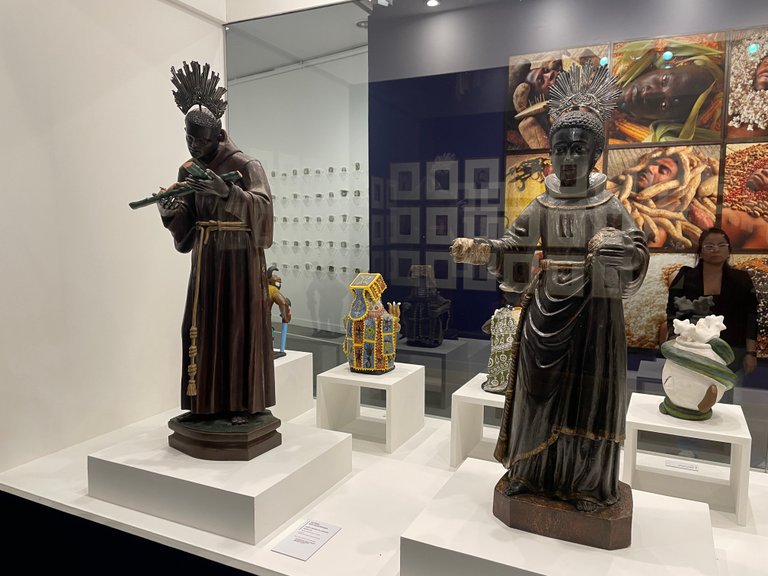
Child Soldiers.
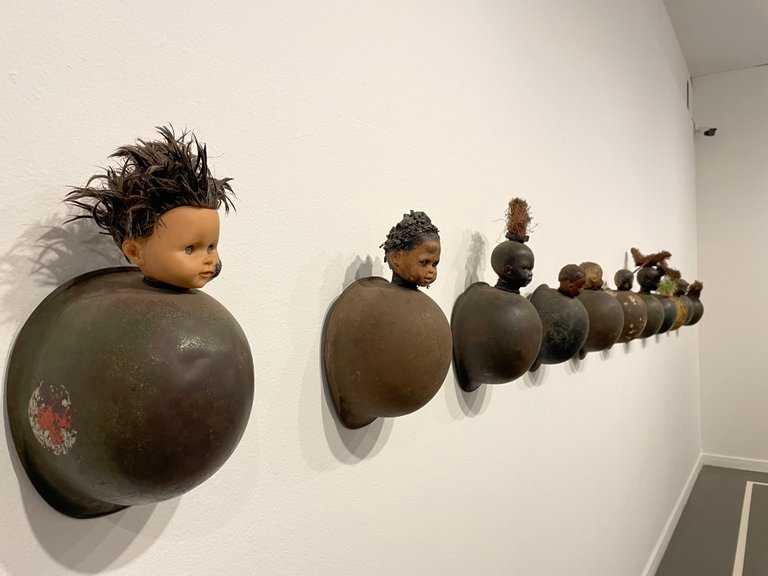
Deities.
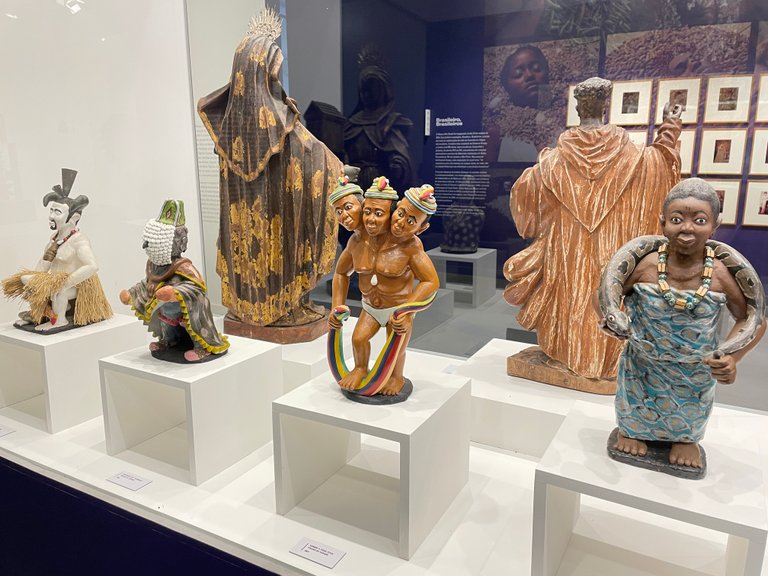
A Brazilian folclore costume, resembling of tribal costumes.
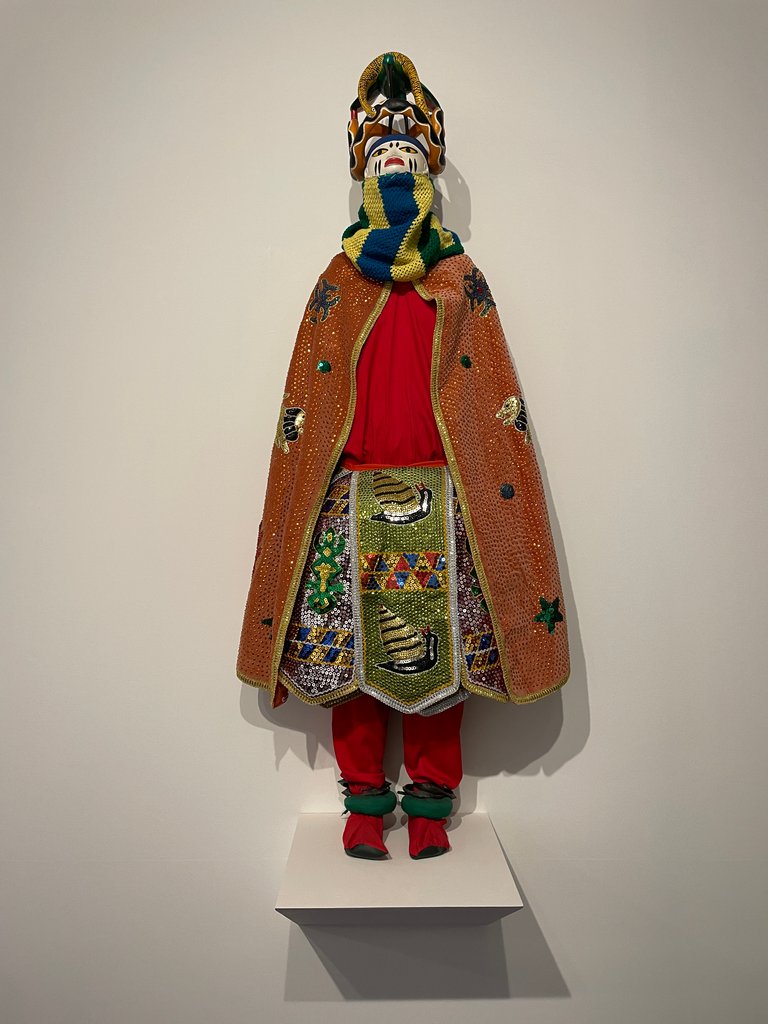
Faith&Power
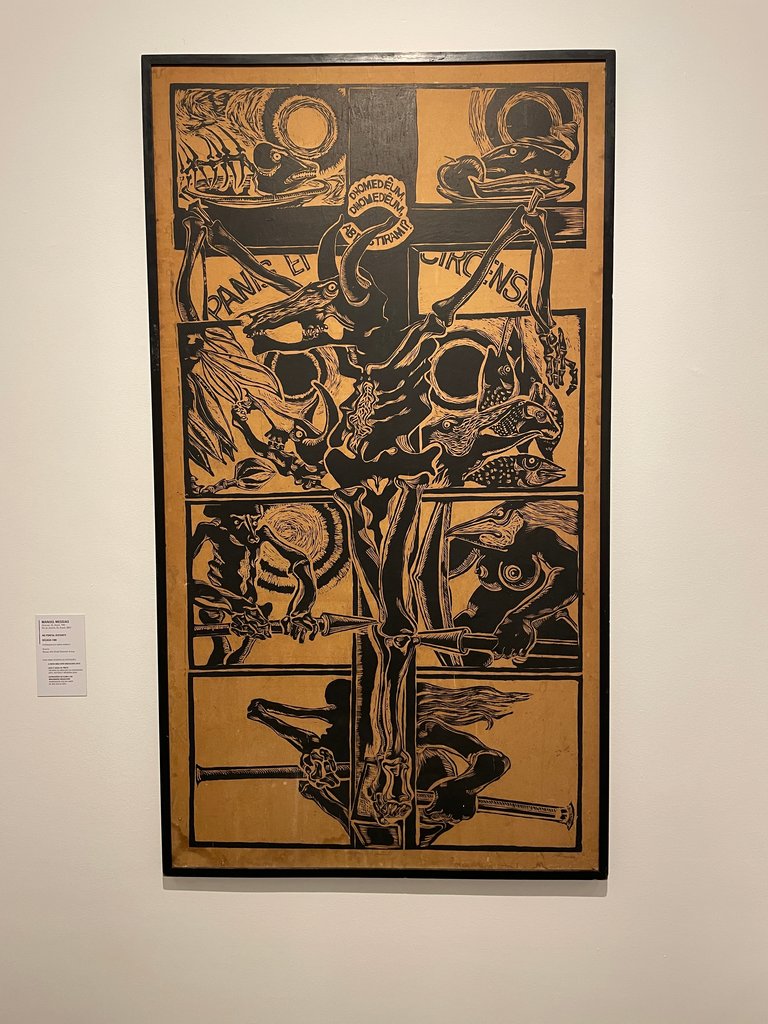
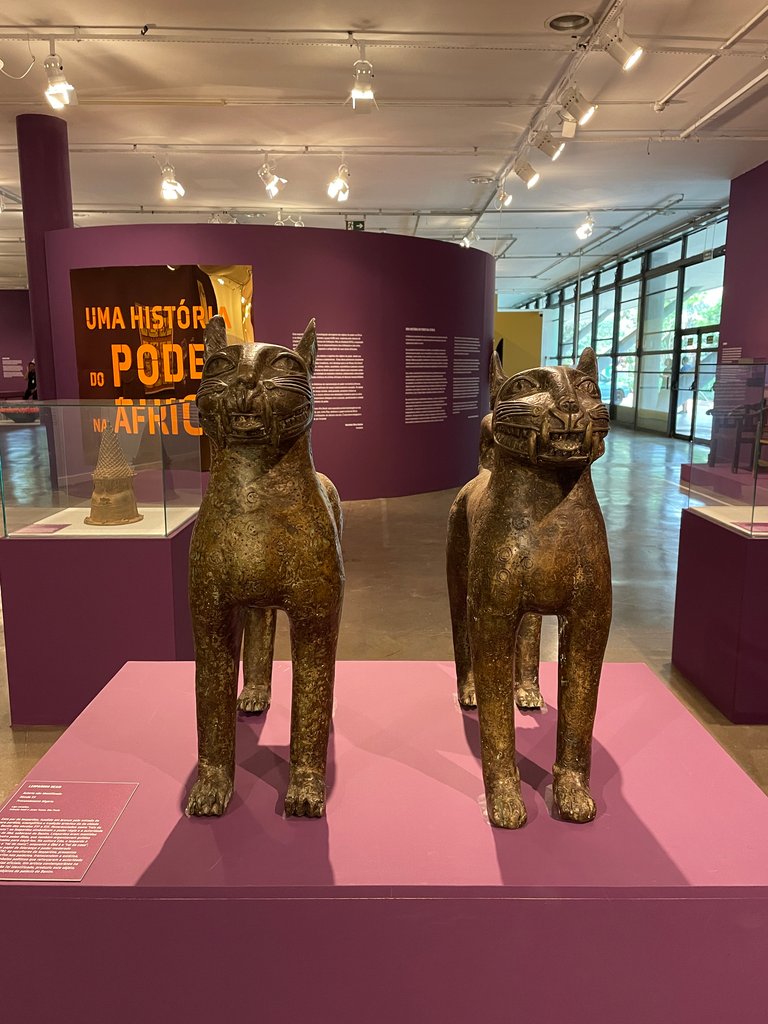
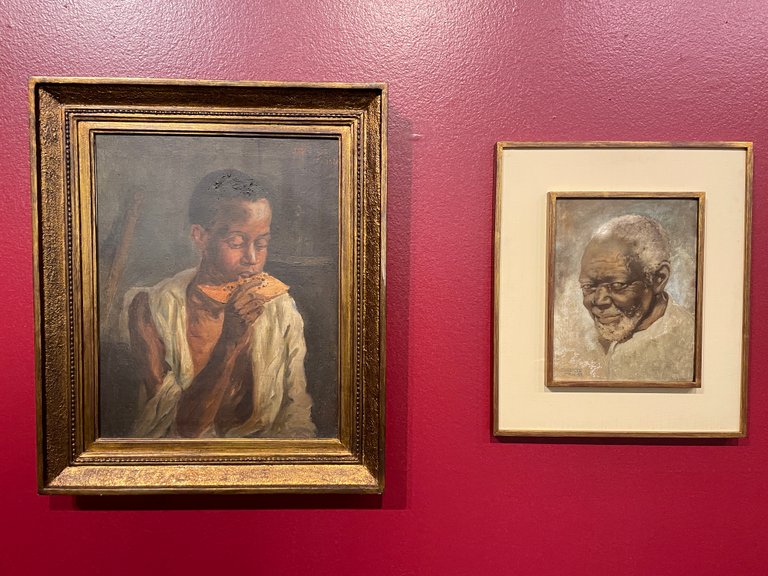
Portuguese soldiers portrayed by an African sculptor:
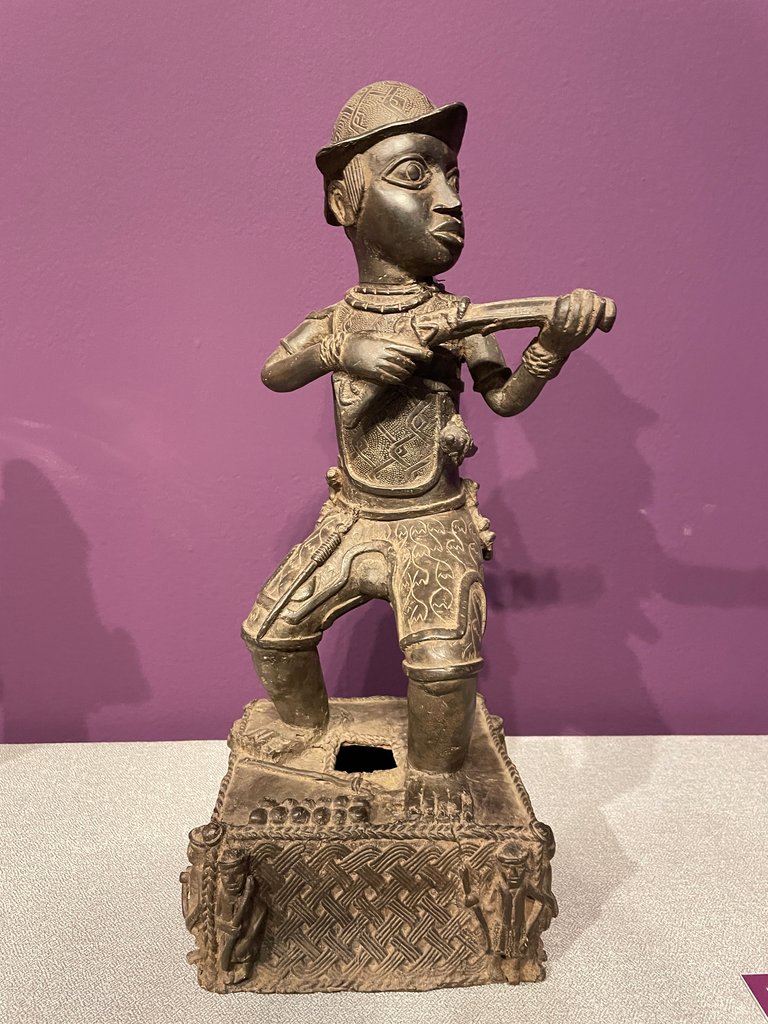
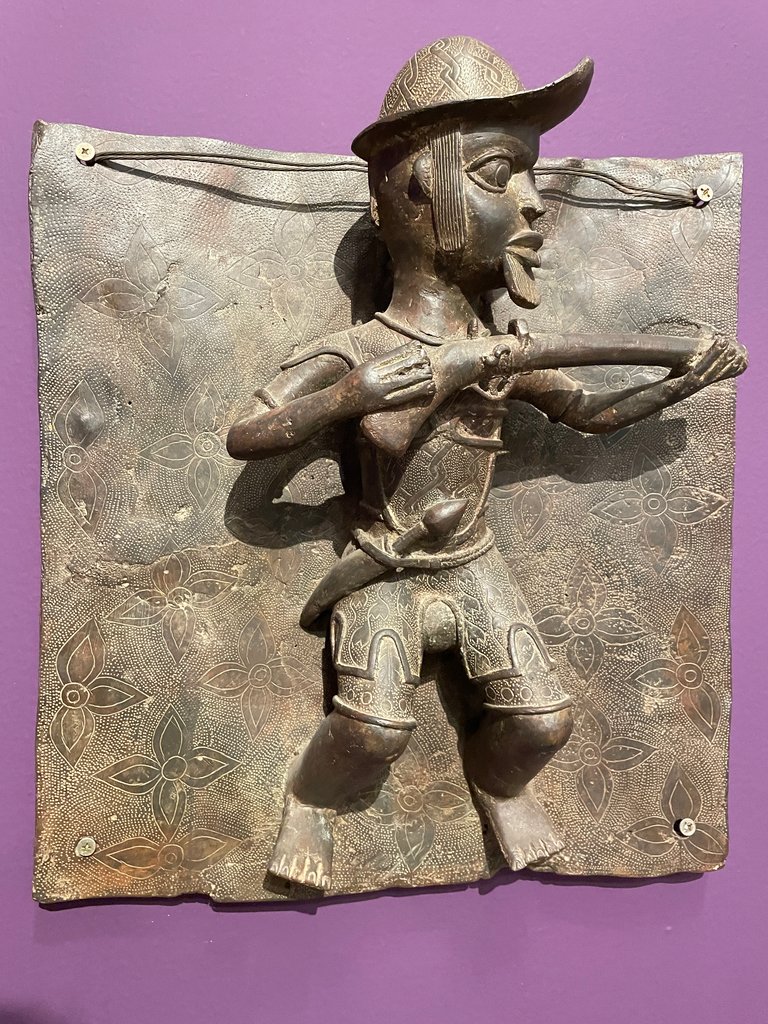
Chief's stool
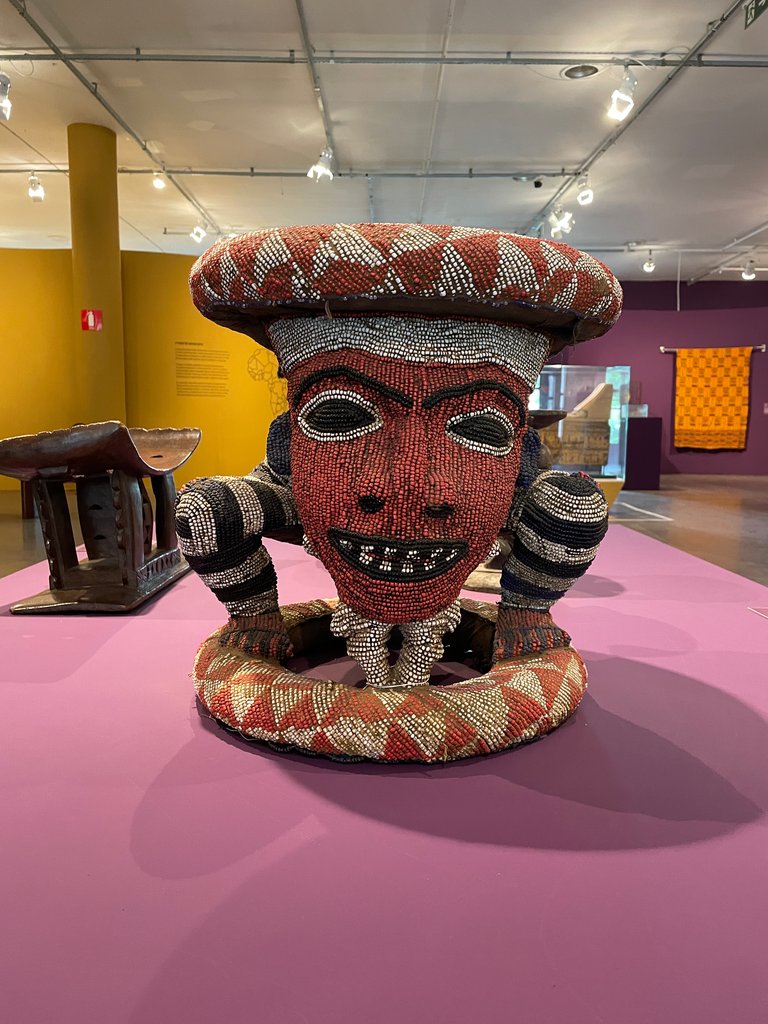
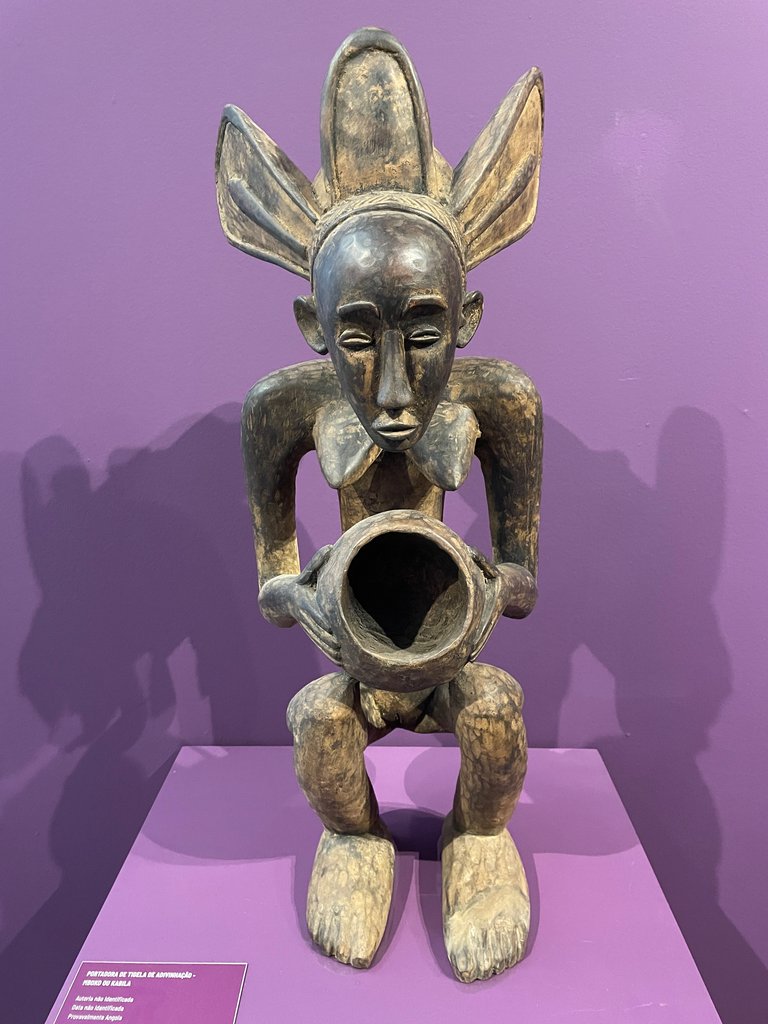
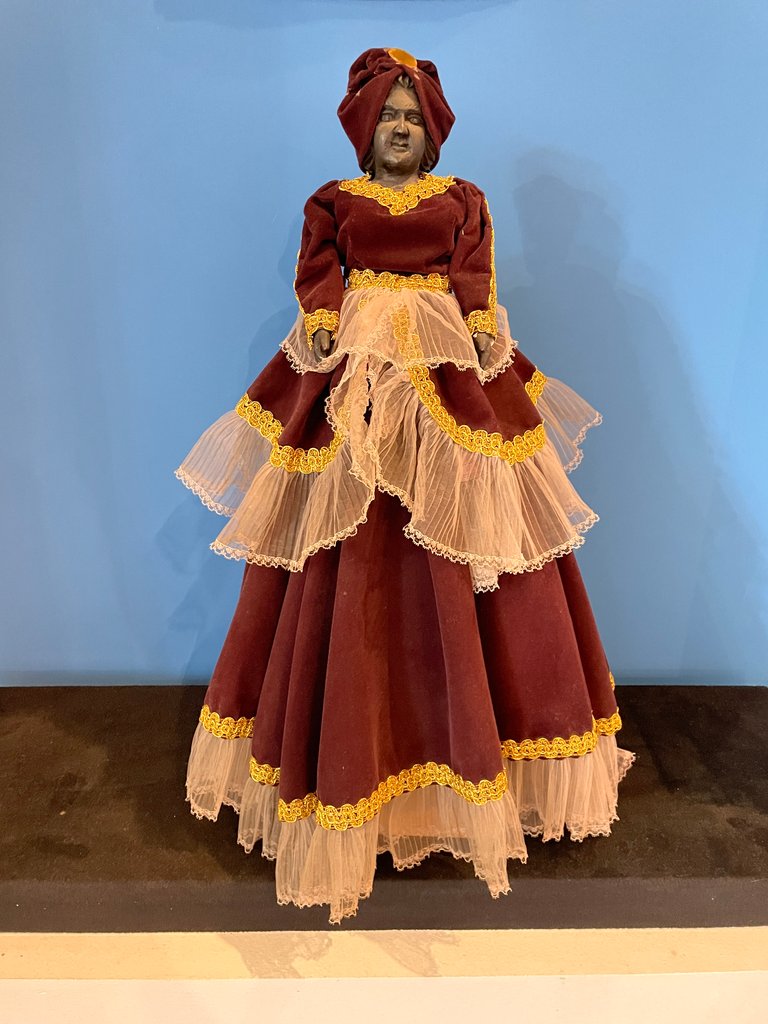

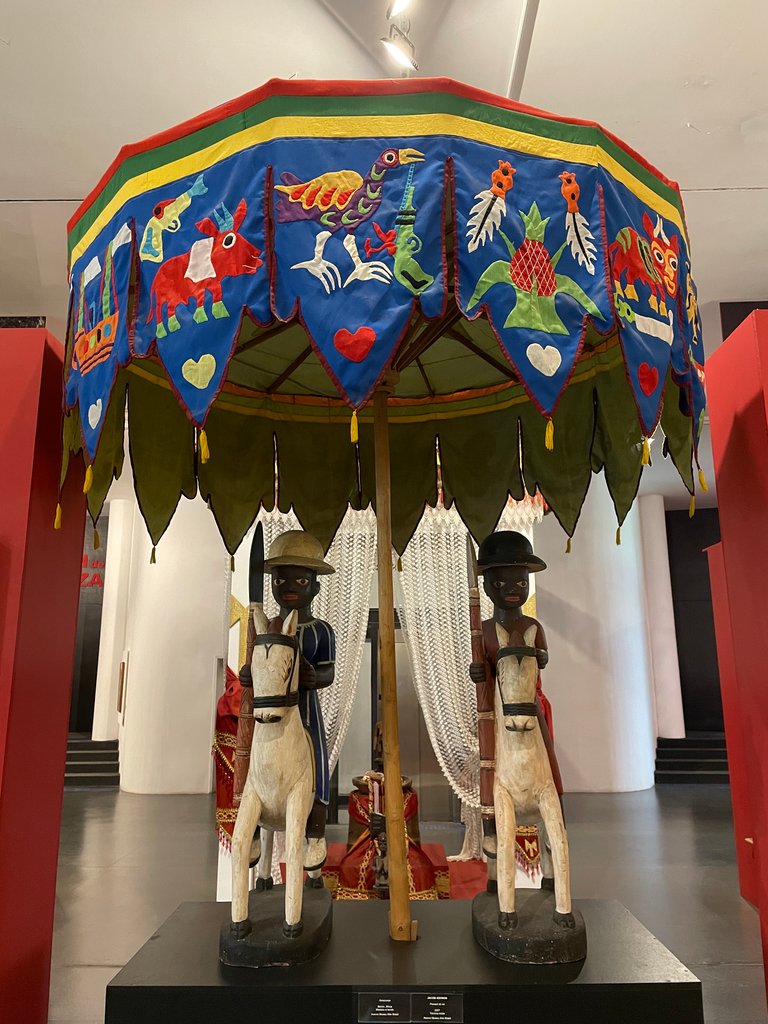
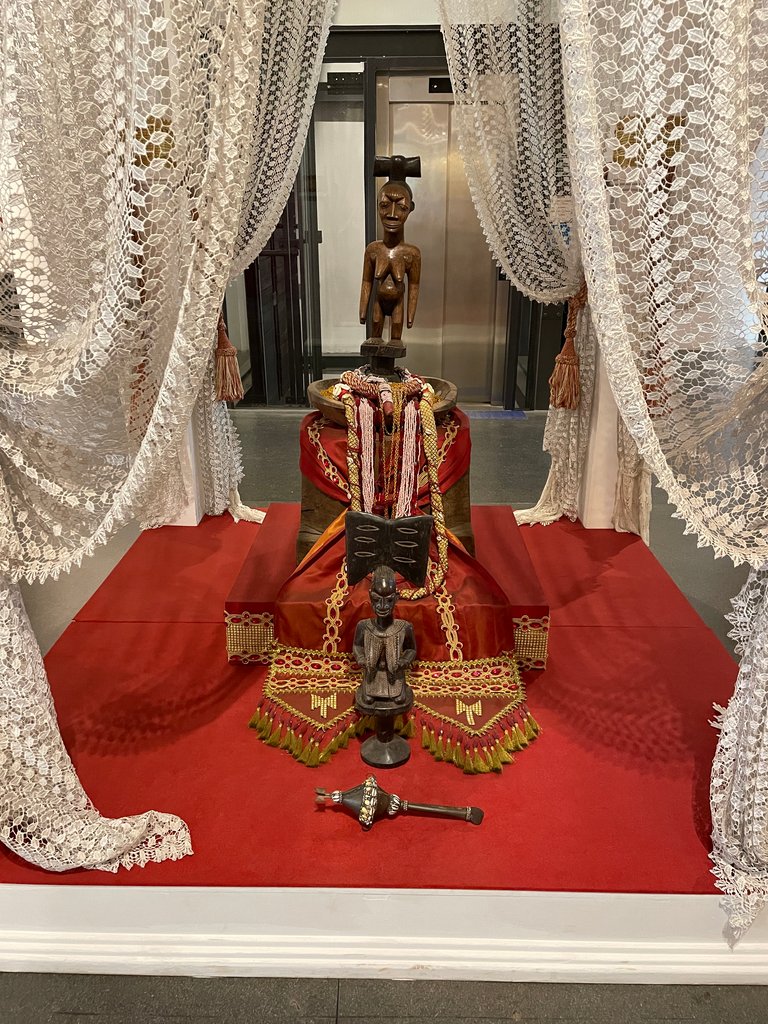
Here comes the contemporary part, reflecting the current events and issues of Brazilian society. Religion is still an important topic.
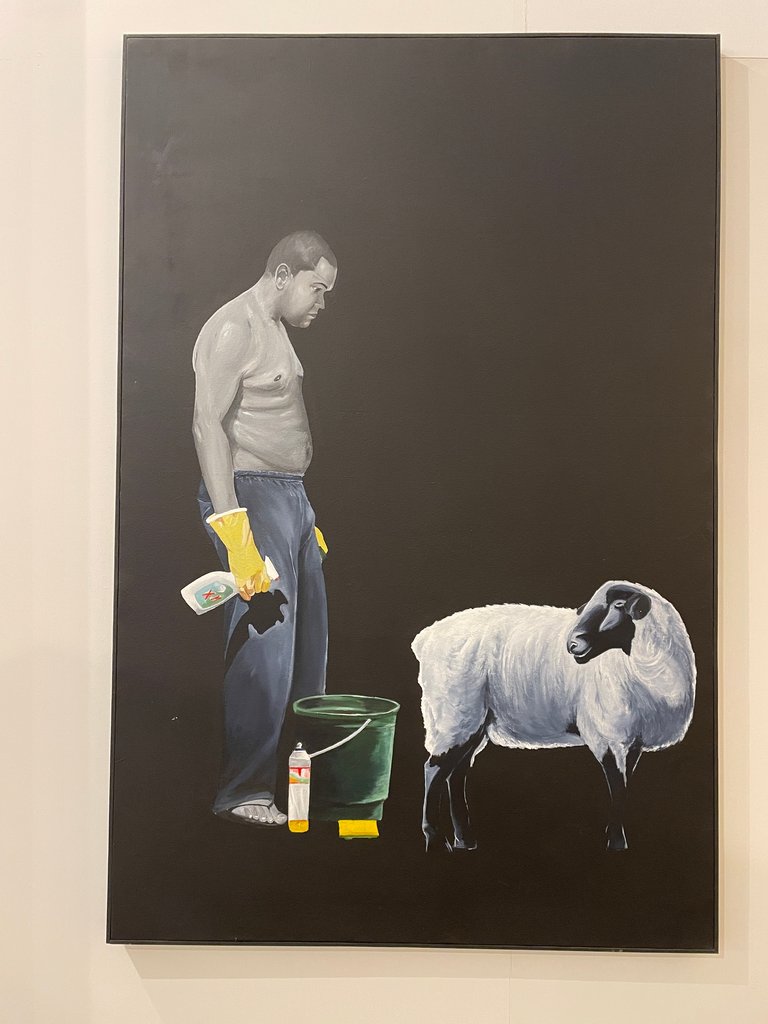

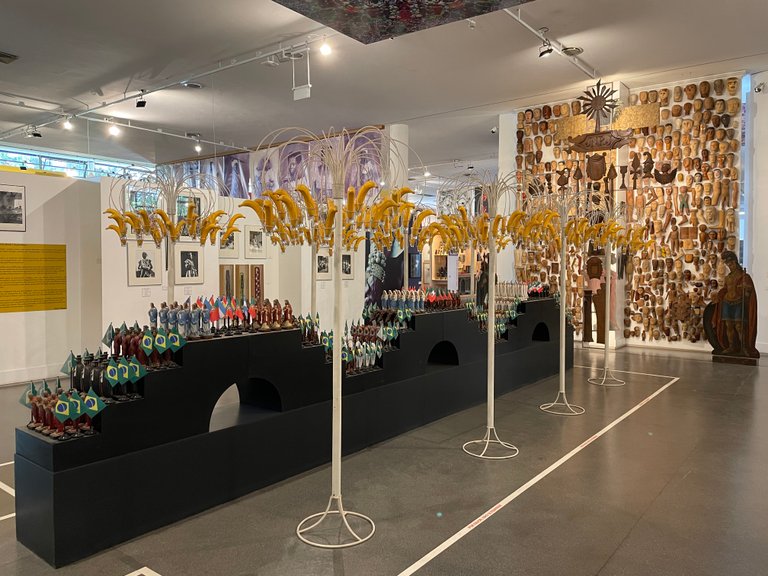
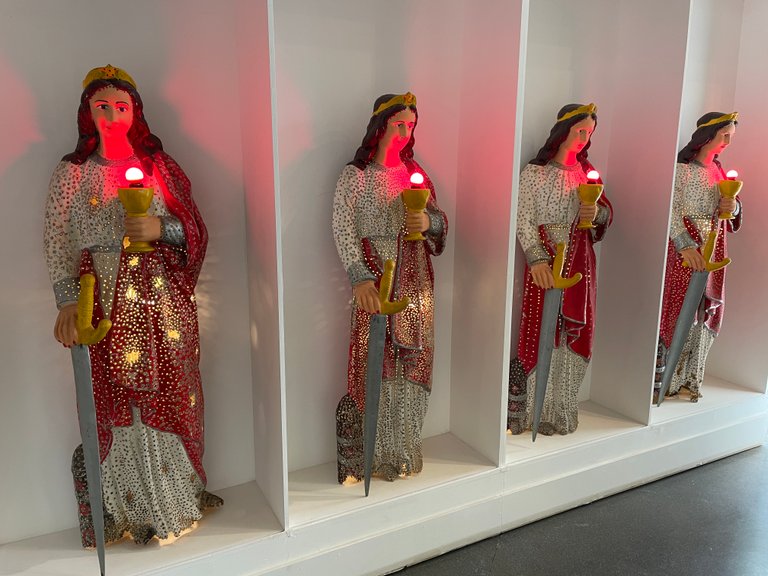
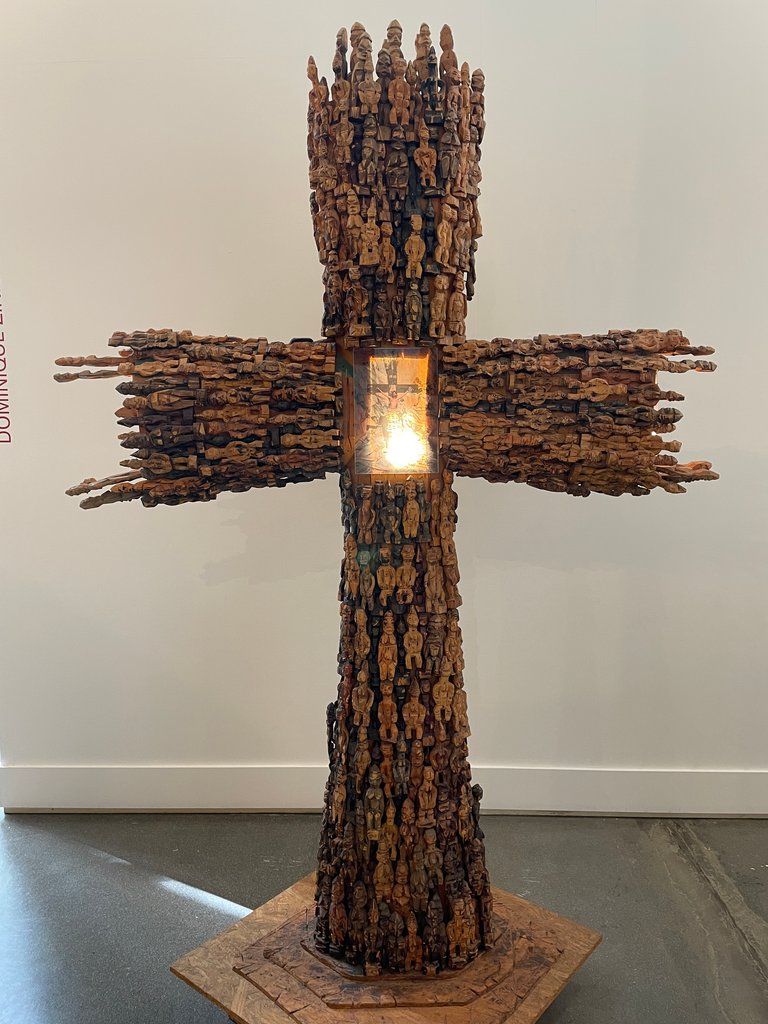
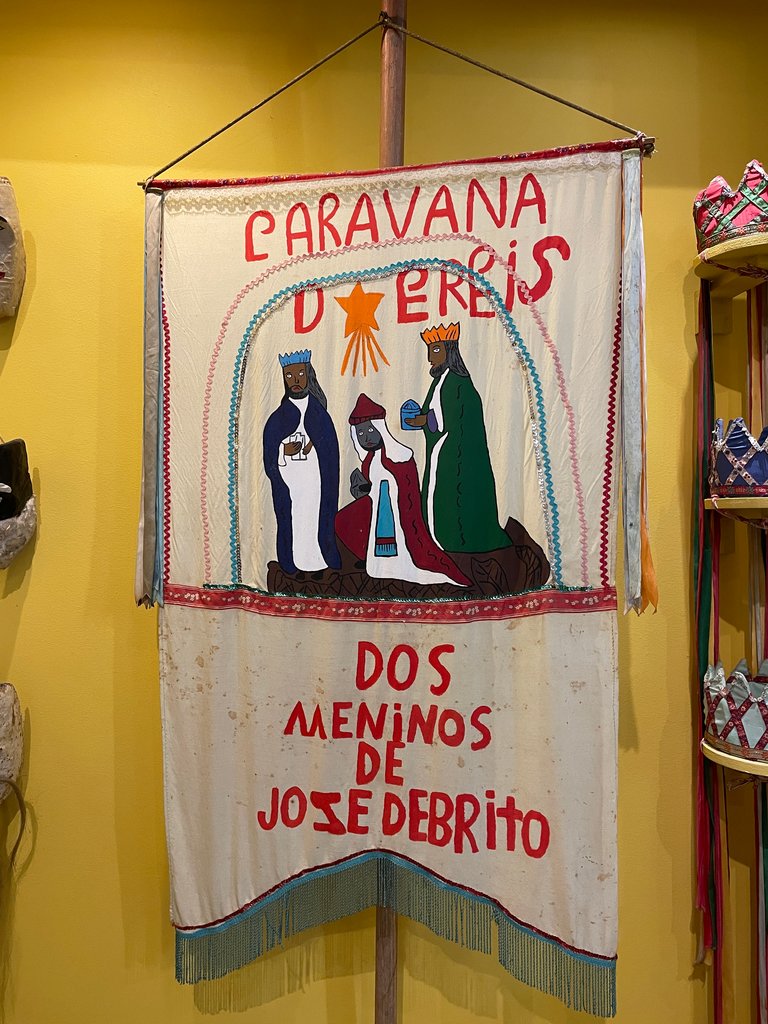
The slaver's ship hull is a permanent exhibit.
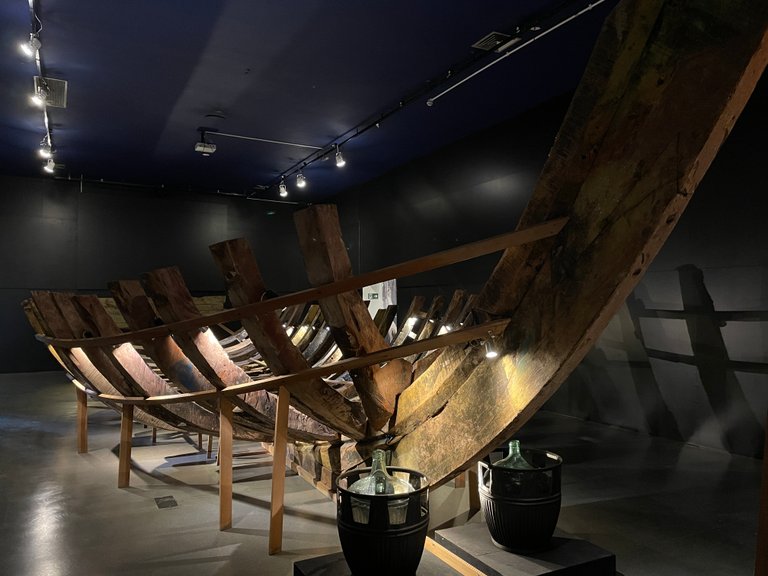
Posted Using INLEO
I'm glad you had a good time in Brazil! I'm a Brazilian with Japanese ancestry, more specifically from Okinawa (former Ryukyu kingdom) and used to play basketball in Ibirapuera park every Saturday. Keep safe, thanks and good luck again!
I had a great time there, thanks :))
I will talk about the Japanese district in one of the future posts. Do you live somewhere around?
I knew that Brazil is a mix of different cultures from the continent and outside of it, but I didn't know that it has the biggest Japanese community outside Japan with 1.5 million people?!?! How's that happened??
Btw. I like museums, but that park looks gorgeous too! 😃
And regarding Portuguese, I have to agree with you... It's much easier to read and understand than to hear and try to understand something... 🤣
I have picked this post on behalf of the @OurPick project! Check out our Reading Suggestions Posts!
Please consider voting for our Liotes HIVE Witness. Thank you!
Stay tuned, I'll take you around the Japanese neighbourhood in my next post ;)
Thanks for curating this one!
Wow I didn’t realize that Brazil has a large Japanese population! I suppose I should have made the connection seeing as I study Brazilian jiu jitsu and know of the lineage and origin. I always figured they just did a world tour to evangelize but it is neat to think of other parts of the culture and people left behind.
Wonderful art and tour my friend!
Brazil is a huge melting pot of cultures, and many Japanese found their home there for some reasons :) I will take you to their neighbourhood in my next post, stay tuned ;)
You can get a different perspective seeing art from other cultures. Brazil has a real mix of those. Looks like you had a fun trip.
We indeed had :) And I have about ten more posts in my head. We will leave Sampa soon for a beautiful island of Ilhabela, which happens to mean "beautiful island" in Portuguese :) Then there are Rio and Brasília to visit ;)
You reminded me that I was thinking of compiling a list of Brazilians, so I just did that.
I’ll reach out to you before wandering across another country like this :)
I keep hoping others will do their own countries so I don't have to. The local knowledge makes it easier and they can use my scripts.
That's for sure :)
Travel Digest #2452.
Become part of our travel community:
- Join our Discord
Hiya, @ybanezkim26 here, just swinging by to let you know that this post made it into our Honorable Mentions in Your post has been manually curated by the @worldmappin team. If you like what we're doing, please drop by to check out all the rest of today's great posts and consider supporting other authors like yourself and us so we can keep the project going!Thanks, Kim :)
Keep up the great work 💪
I was so excited for a second...
Look a old Brazilian bong..
And then I realized this wasn't Brazil the country but instead Brazil, IN... you almost tricked me but then I saw the lust in that farmers eye..
Yeah, that's definitely Indiana...
!PIMP
This statue is actually from Africa :) Angola, to be specific.
Delegate your HP to the hive-br.voter account and earn Hive daily!
🔹 Follow our Curation Trail and don't miss voting! 🔹
Your post was manually curated by @michupa.Thanks, @michupa ;)
You can check out this post and your own profile on the map. Be part of the Worldmappin Community and join our Discord Channel to get in touch with other travelers, ask questions or just be updated on our latest features.
Obrigado por promover a comunidade Hive-BR em suas postagens.
Vamos seguir fortalecendo a Hive
Oi @godfish, Aqui PixBee! Bzzrrr, não acordo com você sobre Museu Afro Brasil. ZinZin, me encantou a visita ao museu e a zona do Park Ibirapuera! #hivebr
AI generated content
Beautiful, amazing and interesting city park.💕💕💕
Not a museum person, huh?